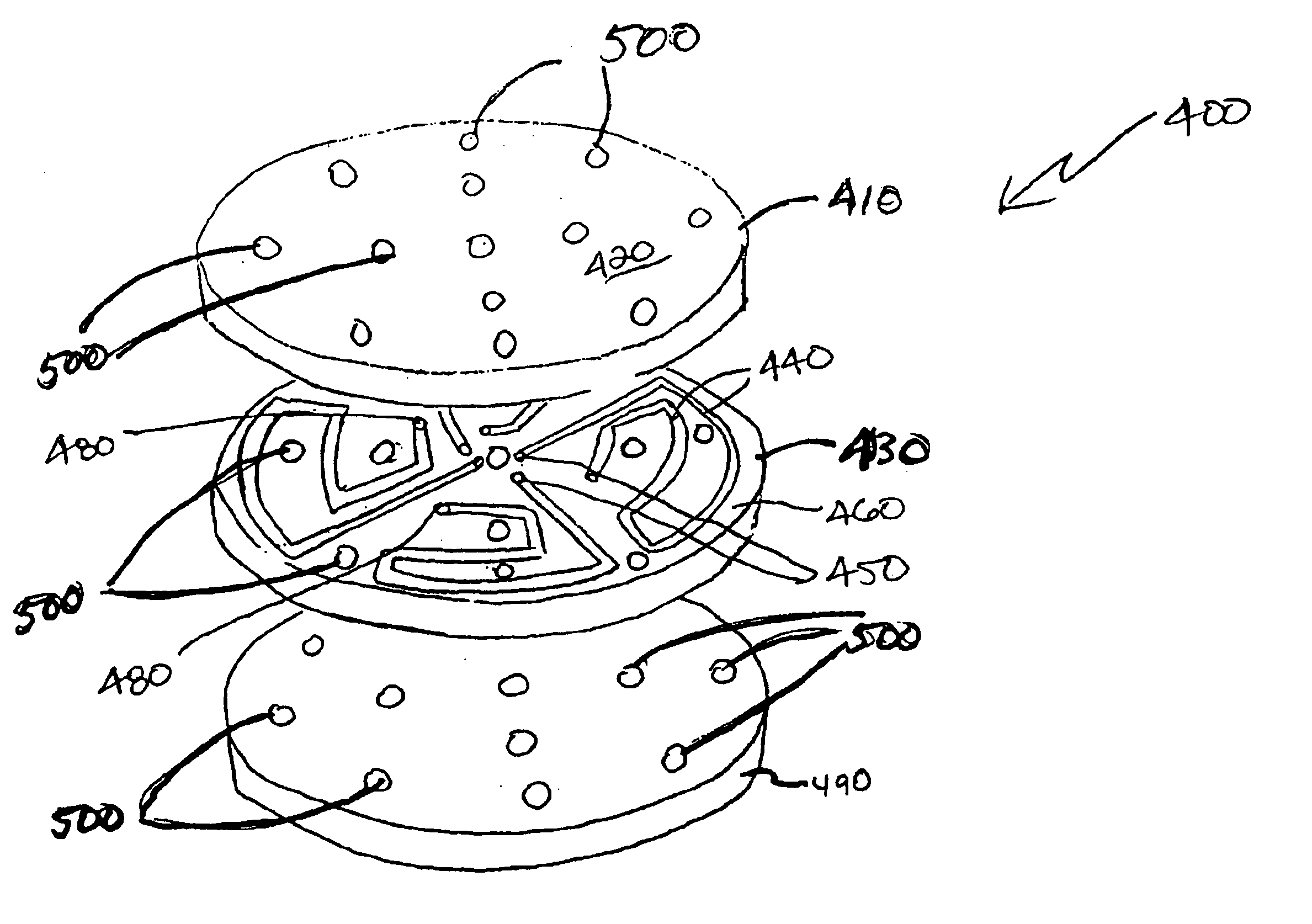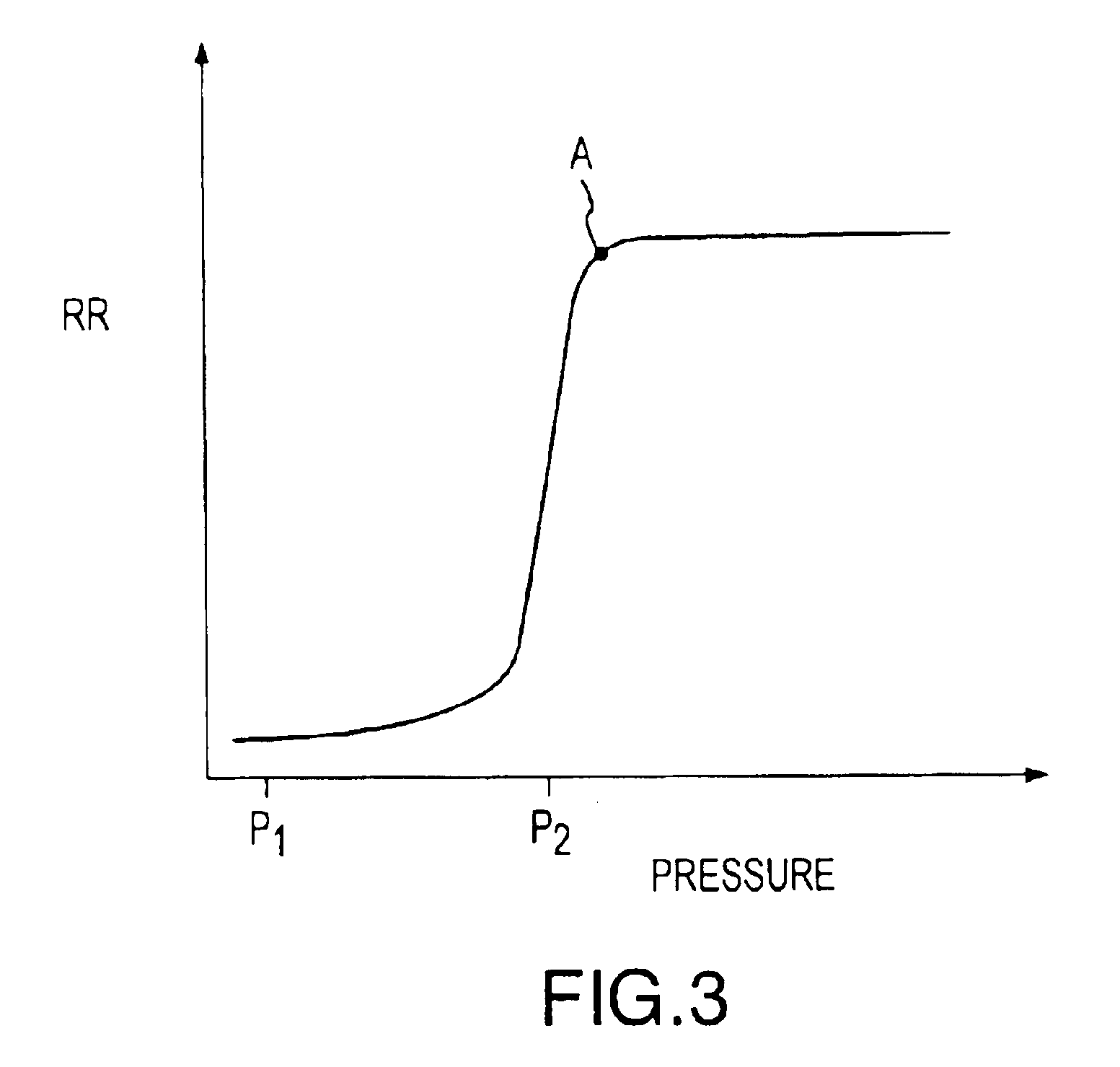Apparatus and process for polishing a workpiece
a technology for polishing workpieces and apparatuses, applied in metal-working apparatuses, electrical apparatus, manufacturing tools, etc., can solve the problems of reducing the mechanical strength of such devices, limiting the performance of such devices, and relatively fragile materials susceptible to shearing and crushing
- Summary
- Abstract
- Description
- Claims
- Application Information
AI Technical Summary
Benefits of technology
Problems solved by technology
Method used
Image
Examples
Embodiment Construction
The following description is of exemplary embodiments only and is not intended to limit the scope, applicability or configuration of the invention in any way. Rather, the following description provides a convenient illustration for implementing exemplary embodiments of the invention. Various changes to the described embodiments may be made in the function and arrangement of the elements described without departing from the scope of the invention as set forth in the appended claims.
A schematic representation of an exemplary embodiment of a polishing station 100 of the present invention is shown in FIGS. 4 and 5. As herein described, polishing station 100 is configured to provide uniform and adequate distribution of an abrasive-free polishing solution so that the metallized surface of a subject workpiece readily forms a removable surface film, thereby make the abrasion step of the planarization mechanism the rate-determining step. Polishing station 100 is suitable for planarizing work...
PUM
| Property | Measurement | Unit |
|---|---|---|
| pressure | aaaaa | aaaaa |
| pressure | aaaaa | aaaaa |
| size | aaaaa | aaaaa |
Abstract
Description
Claims
Application Information
 Login to View More
Login to View More - R&D
- Intellectual Property
- Life Sciences
- Materials
- Tech Scout
- Unparalleled Data Quality
- Higher Quality Content
- 60% Fewer Hallucinations
Browse by: Latest US Patents, China's latest patents, Technical Efficacy Thesaurus, Application Domain, Technology Topic, Popular Technical Reports.
© 2025 PatSnap. All rights reserved.Legal|Privacy policy|Modern Slavery Act Transparency Statement|Sitemap|About US| Contact US: help@patsnap.com



